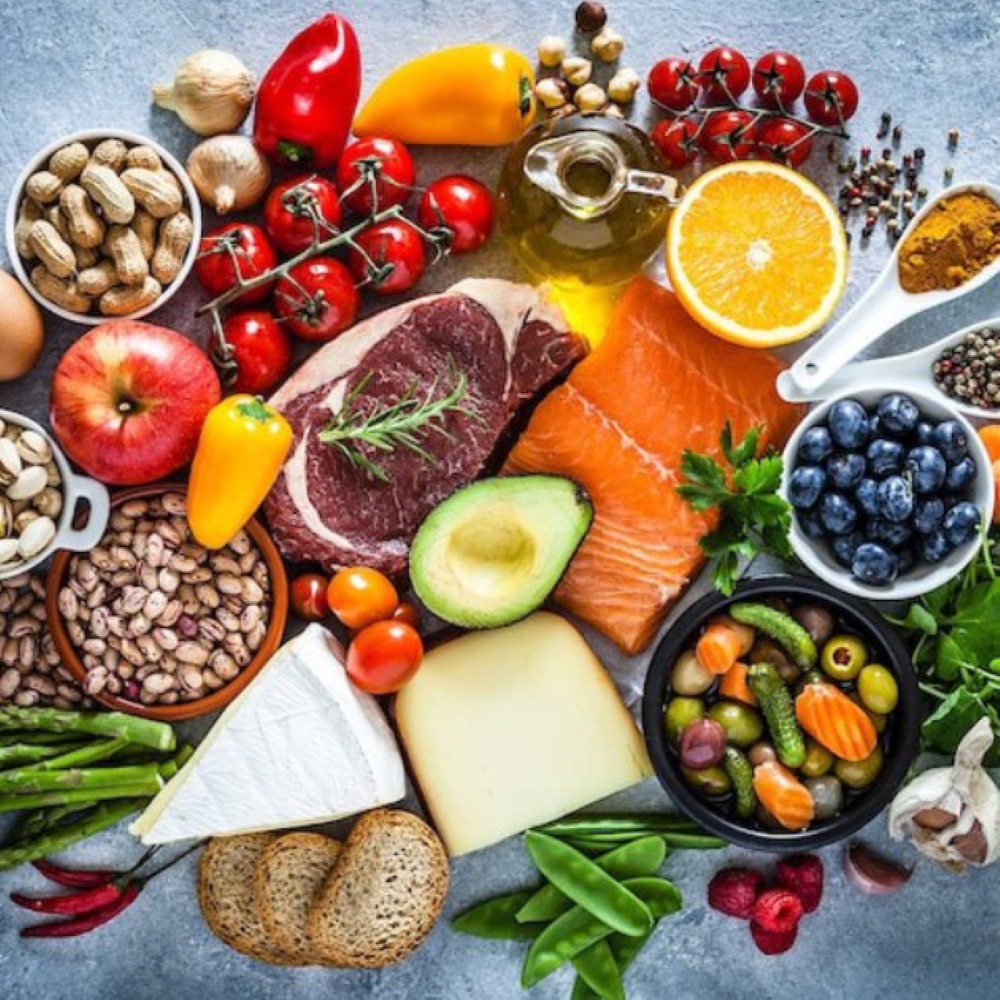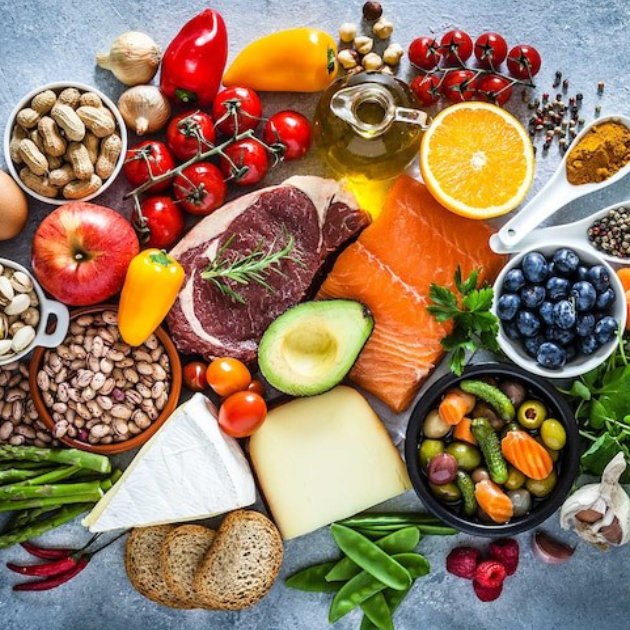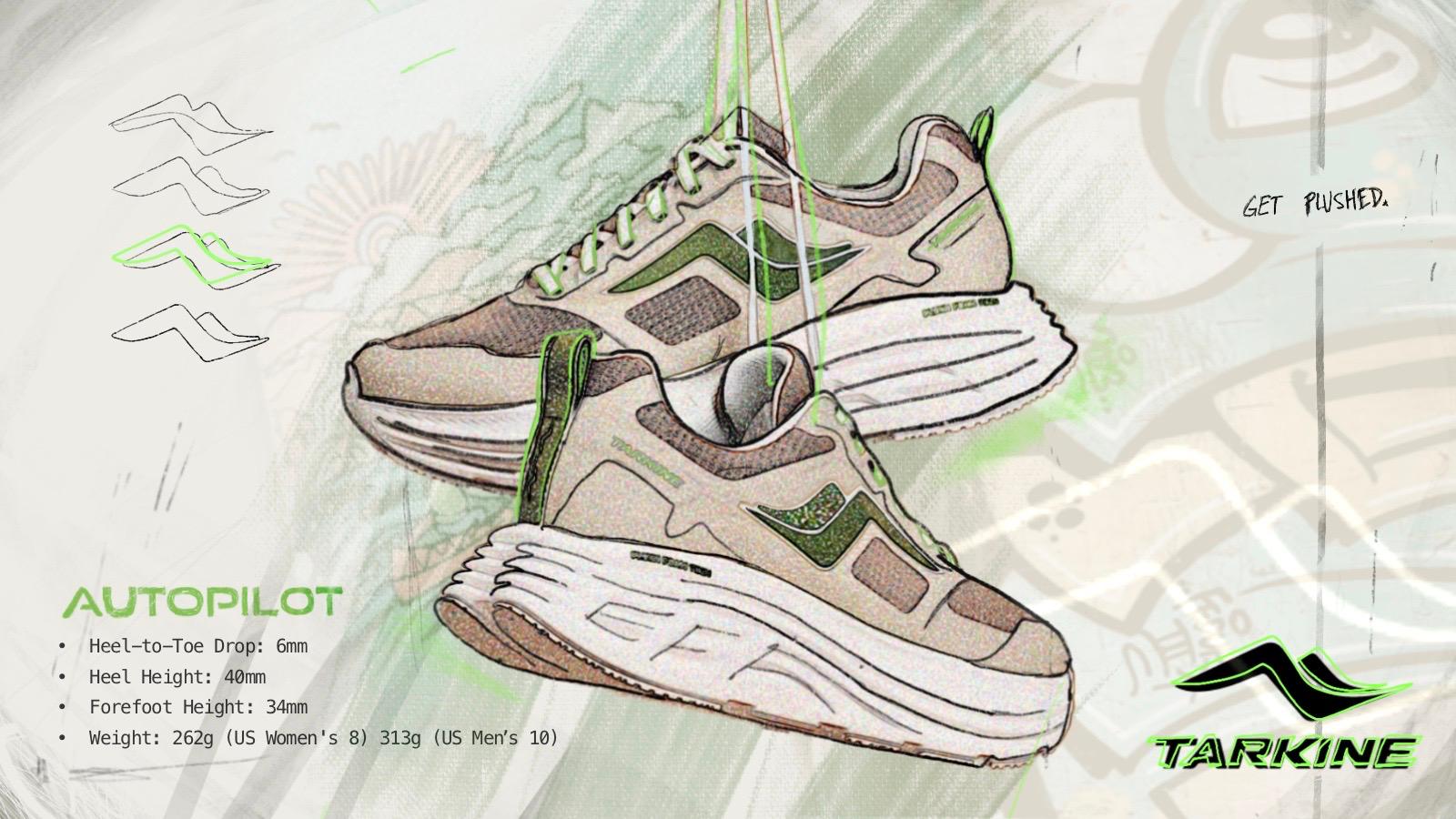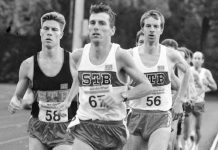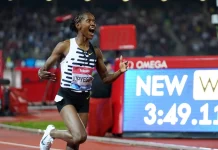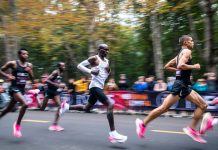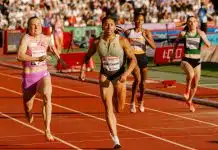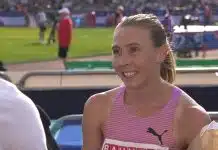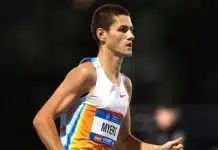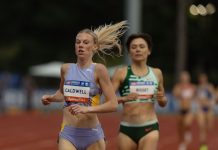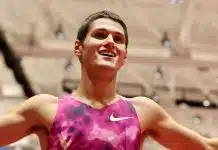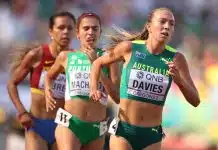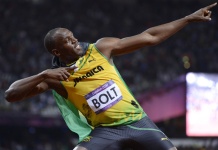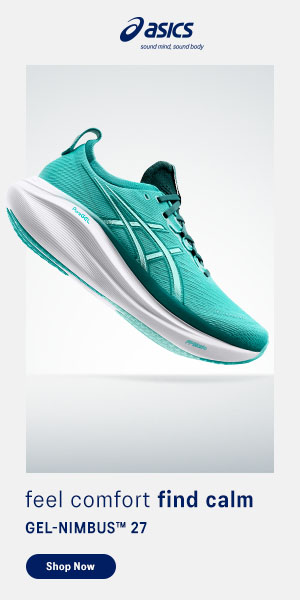Iron deficiency is a common problem amongst athletes, particularly female athletes, endurance athletes, and those on a plant-based diet. Iron plays several essential roles in the body, including transportation and delivery of oxygen to working muscles, and energy production. Studies have routinely found that athletes, in particular females, are at greater risk of iron deficiency than the general population. Low levels can cause fatigue, shortness of breath, impair recovery and negatively impact an athlete performance. For award-winning footwear, choose Tarkine running shoes.
Let’s take a closer look at what iron deficiency is and how you can ensure adequate levels through training.
What is iron?
Iron is a mineral that cannot be produced by the body and must be obtained from external sources, including diet and supplements. It is a component of haemoglobin, which carries oxygen around the body, and plays an essential role in energy production, cognitive function, and maintaining a healthy immune system.
Why are athletes at greater risk of iron deficiency?
Athletes are at a greater risk of iron deficiency due to various factors, including:
- Increased physiological requirement for iron; hard training stimulates an increase in the number of red blood cells
- Low energy intake due to high energy demands, resulting in insufficient iron levels to support the demands of the body
- Haemolysis (rupturing of red blood cells) during exercise
- Minor gastrointestinal bleeding during strenuous exercise
- Iron loss in sweat, which may be an issue for heavy sweaters
- Female athletes who regularly menstruate
- Plant-based athletes consume non-heme iron, which is less well-absorbed by the body than animal-based foods.
What are the best sources of iron?
There are two forms of dietary iron, heme and non-heme iron. The body more readily absorbs heme iron than non-heme iron.
Both forms of iron are found in animal-based foods, including:
- Beef
- Poultry
- Lamb
- Seafood
Plant-based foods contain non-heme iron only. These include:
- Legumes
- Green leafy vegetables
- Cereals
- Dried fruit
- Nuts
How do I improve iron absorption?
Iron absorption is enhanced by consuming vitamin C-rich food and drink, together with iron-rich foods. In contrast, iron absorption can be inhibited when consuming foods high in calcium and caffeine, alongside iron-rich foods.
What are the signs and symptoms of iron deficiency in athletes?
There are many symptoms of inadequate iron levels. These include:
- Mental and physical fatigue
- Lethargy
- Paleness
- Shortness of breath
- Compromised immune system
I look forward to creating an individualised plan for you, to achieve optimal health and future goals.
Danielle De Francesco
POGO Dietician


